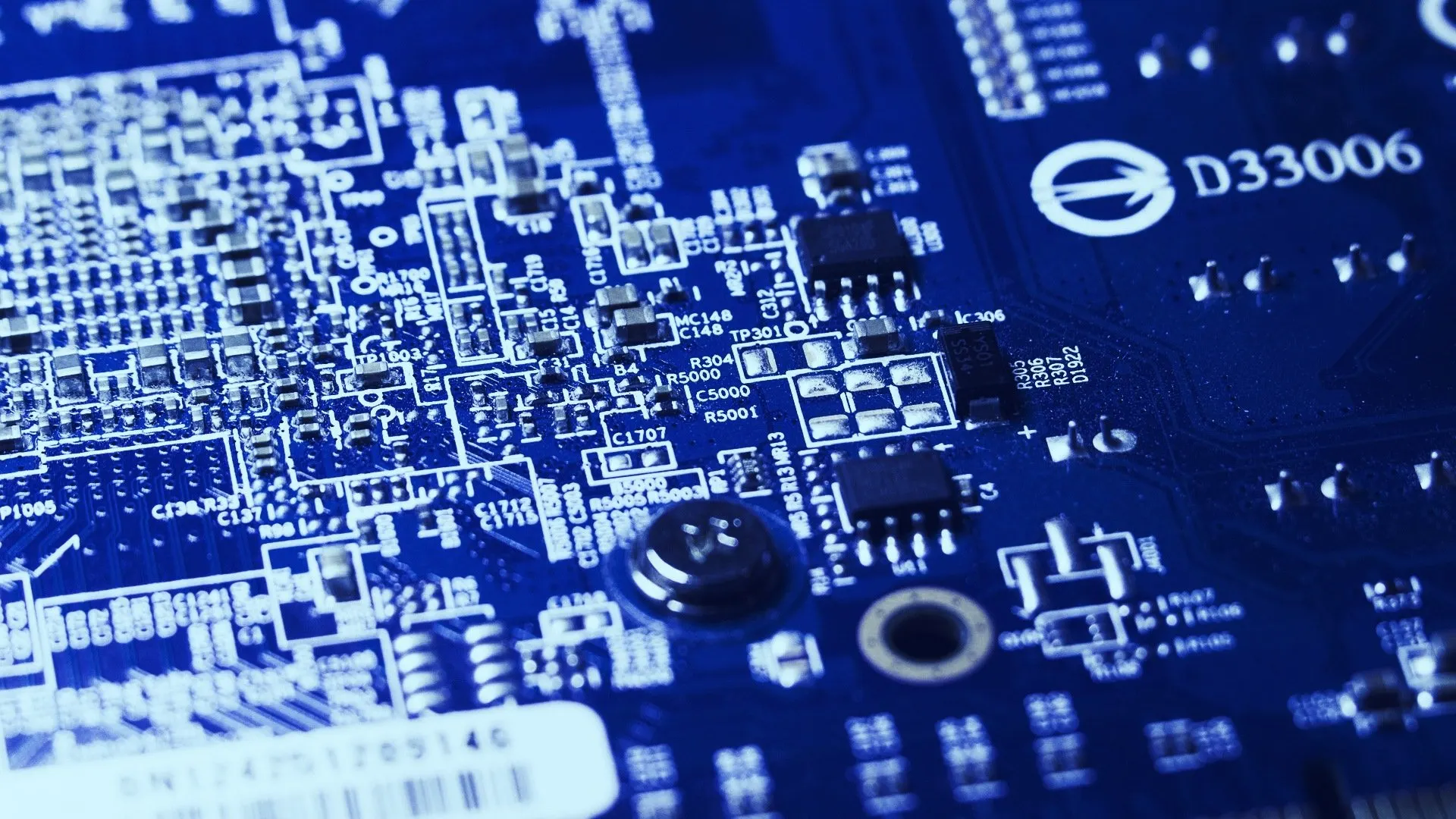Getting your hands on a Bitcoin miner in China these days is challenging. Official websites are out of stock. Second-hand mining machines that were once sold as scrap metal are again popular, and increasingly expensive. And according to Chinese media, equipment prices are only going to go up.
The increased activity is evident in the surge in Bitcoin's overall network computing power, which reached a new high, 65EH/s, today. Zhang Wencheng, director of sales at Shenma Mining Machinery, told Chinese news site Blockchain that he predicts it will reach over 100 EH/s by the end of this year.
China’s miners reportedly supply around 60 percent of Bitcoin miners though some think the actual number could be even higher. But while so much mining power lies in this vast nation due to its abundant reserves of hydroelectric energy, miners are still reliant on the availability of equipment, which itself depends on market forces that are outside their control.
The scarcity of rigs shouldn’t affect the supply of Bitcoin or make the network slower or less secure, said Kristy-Leigh Minehan, Chief Technology Officer at blockchain and AI company, Core Scientific. “It will 'average out. All that matters is 'relative' hashrate.”
"The effect of rigs being in short supply means that new entrants that come into the market will not be able to participate.”
The root cause of the current scarcity is insufficient production capacity, Yang Zuxing, founder of equipment manufacturer Shenma Mining Machinery told Blockchain.
A chipmaker such as the Taiwan Semiconductor Manufacturing Company receives plenty of orders from large factories such as Apple, Qualcomm and AMD. It has limited capacity so the order of production depends on the size of each order. The smaller quantities needed by miners’ rigs means they are pushed to the back of the line.
And as the era of 5G and AI approaches—with a corresponding need for more specialist chips—things will get even worse for manufacturers of mining equipment.
The contrast to the situation six months ago, when the mining machine market was still in a depression, is great. In December, Bitcoin mining rigs were reportedly selling for scrap metal prices. A second-hand Antminer S9—one of the most popular older machines, and not optimized for energy efficiency—couldn’t fetch 600 yuan ($87.) Now, according to one Blockchain miner interviewee, it can command five times as much.
Old equipment is better than none. But Bitcoin’s mining difficulty has also reached an all-time peak, on the back of the recent price surge. That means competition for block rewards between miners has never been higher. And the more powerful, newer, more energy efficient equipment is what’s needed to solve the increasingly difficult calculations to win block rewards.

